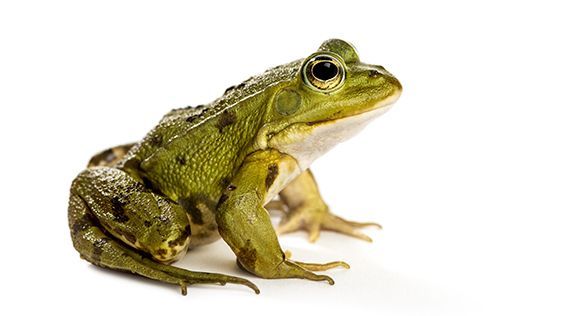The Frog and our Ecosystem
- Details
- Created: Tuesday, 03 September 2019 15:05

It may sound like a page right out of a children’s book that tells a tale about a magical, whimsical creature, but the genetically-equipped frog is truly a crucial part of our ecosystem. Just as important to our world as our beloved pollinators, the frog is one of the truest indicators of a healthy pond or garden.
What’s so special about frogs?
The skin of the frog is permeable. Because things can pass through it easily, it allows frogs to drink and breath through the skin. If the environment surrounding a frog is contaminated with pollutants and other nastiness, their health will be affected. Frogs also live on both land and in the water, exposing them to different environments. Because of this, frogs are an important species to keep tabs on when trying to determine if an environment is healthy or not.
Beginning as a wee tadpole, frogs feed on algae (that helps to keep the water clean). Grown-up frogs feed on insects that helps to control the bug population and are also considered very tasty treats for animals like fish, snakes and even birds. If frogs are taken out of the lifecycle equation, the food chain is affected.
Insect pollinators are an important part of the ecosystem, but amphibians are as equally significant. If frogs start missing from an ecosystem, it’s likely you also don’t have any pollinators. There are things you can do to help increase frogs in our population by doing the following: enhance the environment by keeping areas in your landscaping “frog friendly”, use economically-safe cleaners and also by sharing information on the importance of frogs.
If you have questions about pollinators or creating an amphibian-friendly environment in your landscaping or garden, give a team member at Joe’s Market Basket a call. You can also visit us at any of our 5 locations in Edwardsville, Godfrey, O’Fallon and Troy, and St. Peters, Missouri. We look forward to assisting you with all of your gardening and landscape needs.


